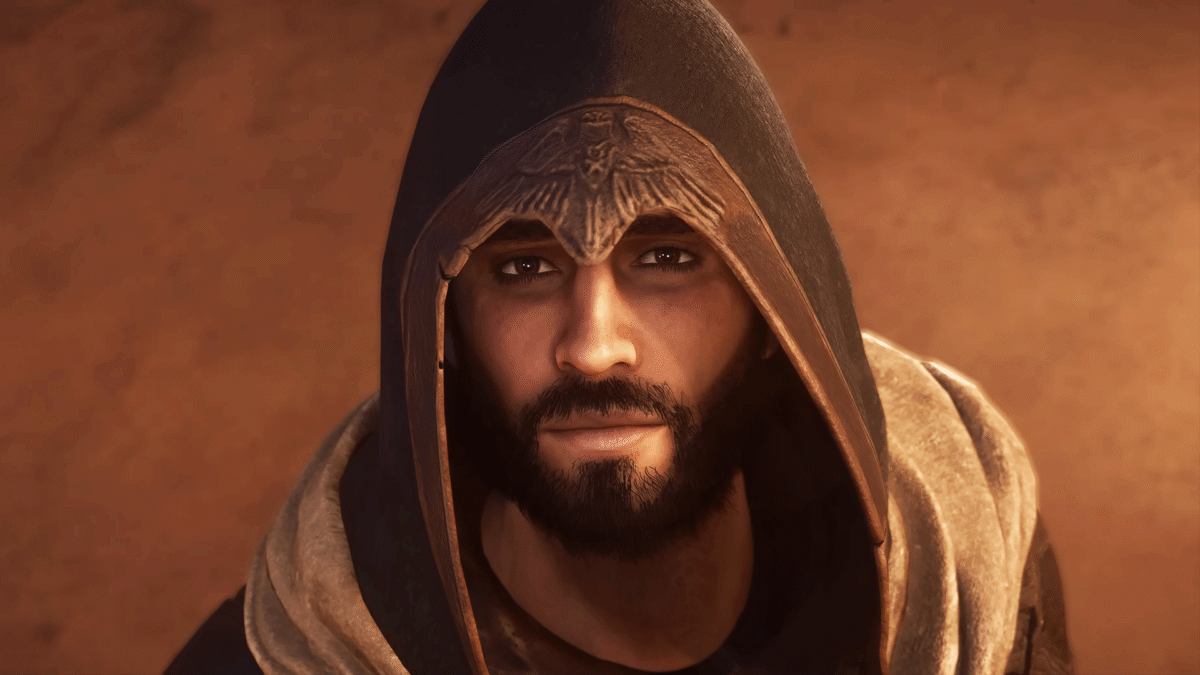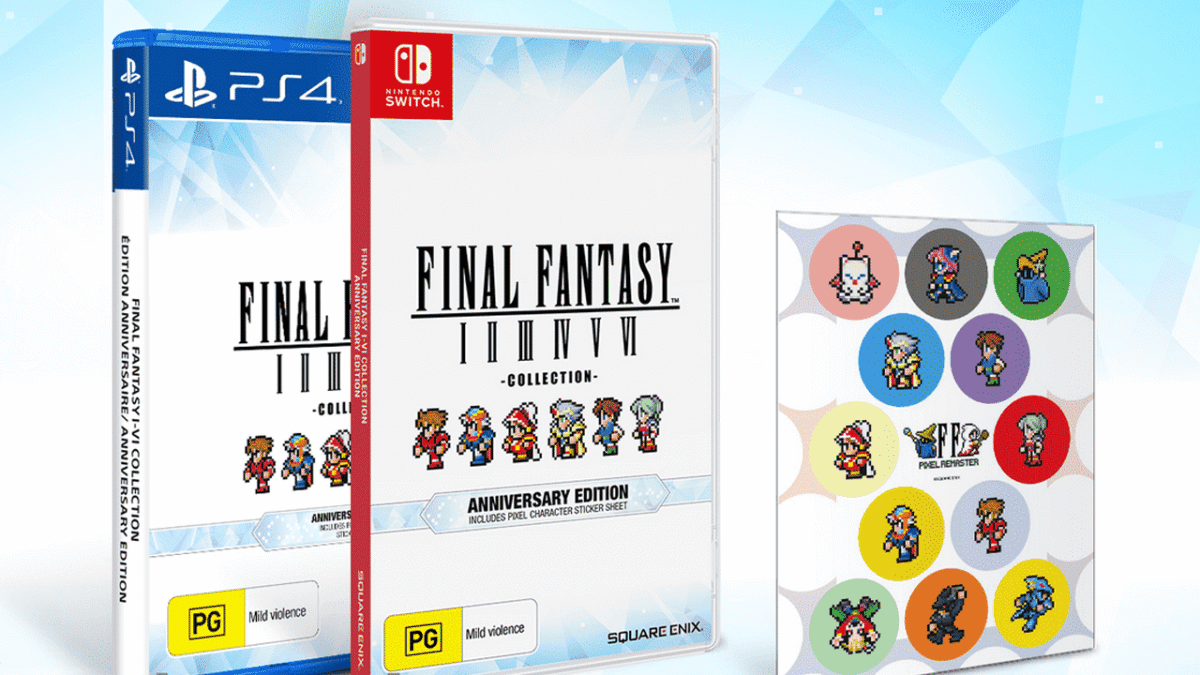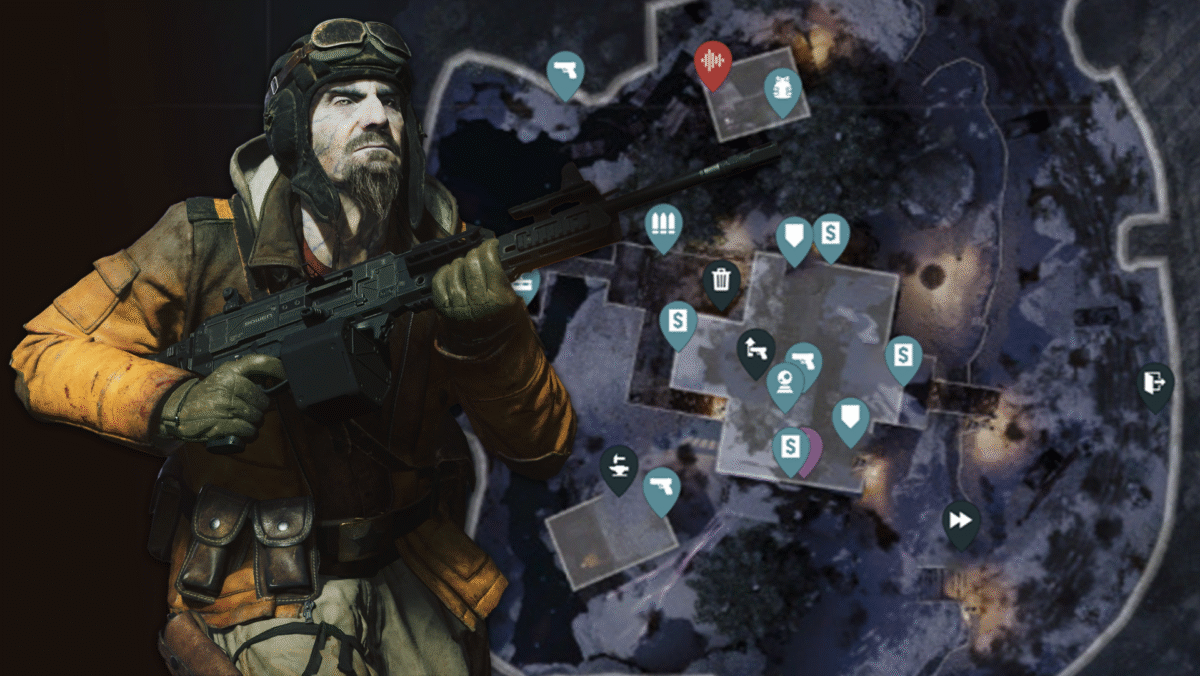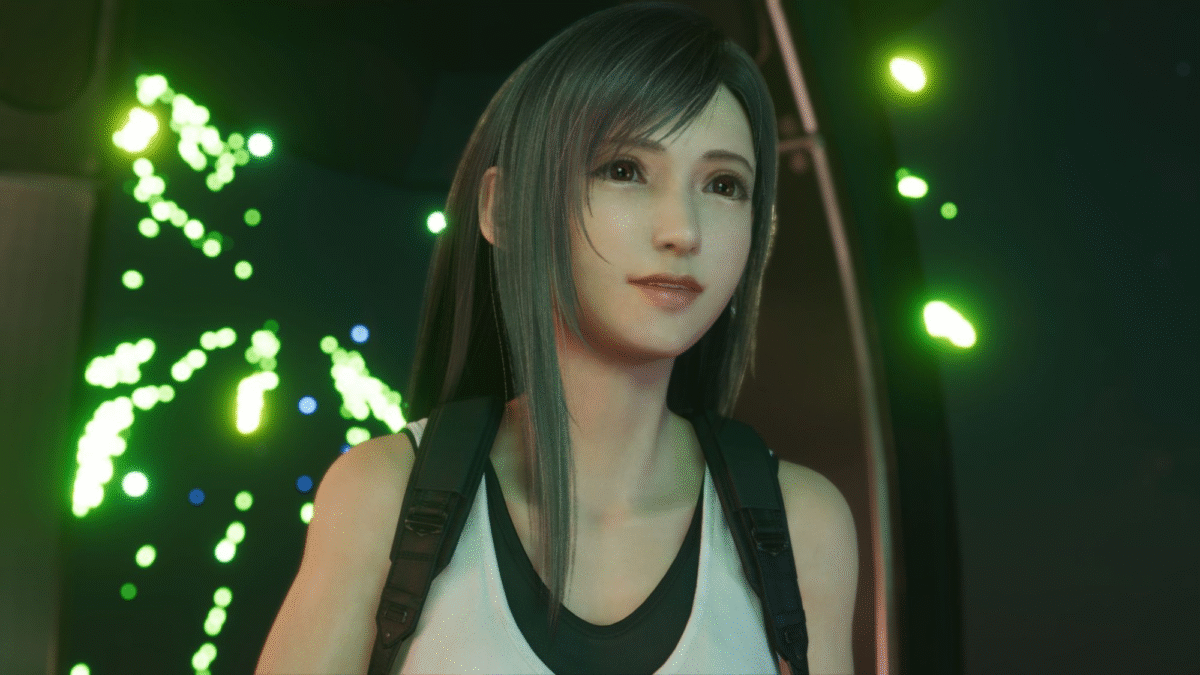
Let’s brighten up your Monday with a fresh set of awesome deals that should have been during Black Friday, That’s right, there are some epic early Black Friday deals today, kicking off with a fantastic sale from Elegoo across their line of FDM and Resin 3D printers. There has never been a better time to get into the hobby.
TL;DR: Deals for Today
Did you manage to pick up any Phantasmal Flames or Mega Evolution over the weekend? Well I’ve got just the thing to scratch that Pokémon TCG itch with Phantasmal Flames Booster Boxes under market value. How about another $60 off? Or free Phantasmal Flames and Mega Evolution Booster bundles? I’ve got you.
For the shell heads i’ve got the Teenage Mutant Ninja Turtles: The Last Roning box set up for preorder with a chonky discount. That also goes for a Meta Quest 3S headset early Black Friday Deal. There’s also a solid chunk busted of the Final Fantasy I – VI collection (Anniversary Edition) on Nintendo Switch. Let’s get straight into it:
Phantasmal Flames and Mega Evolution Deals
So the Phantasmal Flames Booster Box is $239.99, with Booster Bundles for free if you sign up and get accepted for an Amazon Visa card. Upon Approval, you’ll get a tidy $60 Amazon Gift Card automatically and instantly added to your account. It’s that simple, just behave yourself with that Visa card!
Elegoo Saturn 4 Ultra Resin 3D Printer Deals
The Elegoo Saturn 4 Ultra line of Resin printers are perfect for anything that needs intricate detail, especially the 16k model, although the standard ultra does an amazing job too. The Saturn 4 Ultra and Mercury V3.0 wash is a perfect starter kit for anyone wanting to get into the hobby.
Elegoo FDM Printer Deals
What if I said I printed a full sized Stormtrooper helmet on a Neptune 4 Max in one go? It was such a fun project and this printer can handle some insane projects on the large and small side. In fact all of these FDM 3D printers are great for printing anything practical. I’m looking at you cosplayers.
Meta Quest 3S 128GB (Gorilla Tag Bundle)
$50 off a Quest 3S isn’t a bad deal to say the least, and you also get the “Cardboard Hero: Gorilla Tag” game bundled alongside a three month trial to Meta Quest Horizon+, which means free access to over 40 games. You can also upgrade to the 256GB version and get Batman: Arkham Shadow bundled in instead for $329 instead of $399.99. Now that’s an early Black Friday deal.
TMNT: The Last Ronin Box Set
This set contains three hardcover graphics novels encompassing the TMNT: The Last Ronin continuity. That includes “Lost Years”, “The Last Ronin”, and “The Last Ronin II: Re-Evolution”. I won’t spoil them for you, but this is one of the best series i’ve ever read, and I’m not a massive TMNT fan. And you won’t be charged for your preorder until this bad boy ships. Not a bad deal at all with that cheeky 25% off.
Final Fantasy I-VI Collection Anniversary Edition
For Final Fantasy fans who haven’t played the 2D old school games, or for those who are fans of the sprite-based RPG vibe, this is the deal for you. It features a re-arranged soundtrack by original series c omposer Nobuo Uematsu, improved gamplay, a user interface overhaul, auto battle options and more quality of life improvements. 47% off makes this collection a no-brainer.
Christian Wait is a contributing freelancer for IGN covering everything collectable and deals. Christian has over 7 years of experience in the Gaming and Tech industry with bylines at Mashable and Pocket-Tactics. Christian also makes hand-painted collectibles for Saber Miniatures. Christian is also the author of “Pokemon Ultimate Unofficial Gaming Guide by GamesWarrior”. Find Christian on X @ChrisReggieWait.

















